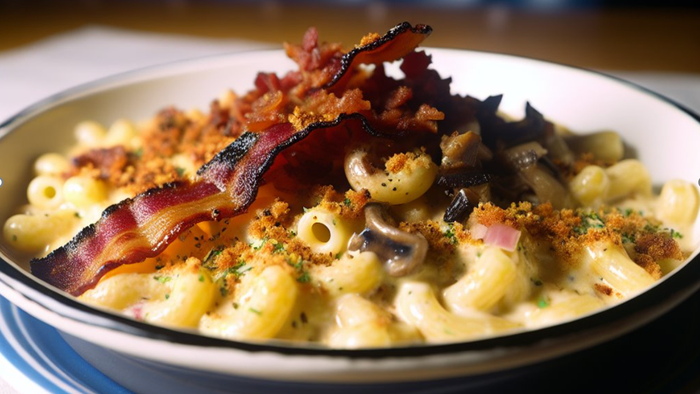Fixing Your Profit Margin on FoodFixing Your Profit Margin on Food
Fixing Your Profit Margin on Food
November 28, 2018
Regardless of the industry you’re in, it’s common knowledge and perception that your profit margin requires a bit of a balancing act. You want to keep costs low, but also create a high-quality finished product. It seems impossible at times, but with a little bit of trial (and sometimes, error) you can have both. So, here are some ways to increase your profit margin on food, which will, in turn, help your business in other areas.
Recovering a shrinking profit margin
When faced with a shrinking profit margin, usually the first reaction is cut, cut, cut. Although some cuts may be necessary or even beneficial, it’s important not to cut what makes you unique with your customers.
For example, I recently visited a restaurant that was known for its distinctive house-made dressings. When my salad came out the dressing was noticeably different. When I asked, I was told they were trying to save on costs and were now using a standard pre-made dressing. This slight change to give the kitchen more time and save a few pennies will impact my decision before I go back. Be sure not to cut what your customer expects and wants, as it can have the reverse effect and cause you to lose customers in the long run. Look to save in areas where it is not the primary focus of your customers. This includes paper, plastics, disposables, cleaning supplies, and less prominent ingredients.
Sustaining quality with consistent profit margins
The key to not sacrificing quality is to be sure you’re buying right. Keep a watch on trends in food costs and build your menus accordingly. One quick thought is to build menus with seasonably available products to keep costs down. Get creative so that your client gets a meal they love for a price you can afford. If you want to save, try reducing the size of the protein and upsizing with some fantastic and tasty sides (that can be a less expensive component of the meal).
Learn multiple ways to increase profit at Catersource. Click here for a schedule of sessions.
Of course, over-production and waste can always cause a ding to your bottom line, so work with your staff until you can create the appropriate amount of finished product with minimal waste. It may not sound like much, but trim and spoilage can account for as much as 8% of your food costs.
Being efficient with your labor both in the kitchen and during the service is essential as well. Work with your food distributor to be sure the food and staff arrive at the same time. Staff standing around with no food to work with is inefficient. When the event is winding down, stagger your staff exit times. Don’t keep the entire staff to the end if you don’t need them for clean up and break down.
You need to find the sweet spot where everyone has enough work to do while not cutting yourself short and impacting the service. Always be on the lookout for efficiencies.
Industry competitors & your bottom line
Right now, the most significant change seems to be the number of restaurants and chains trying to enter the catering space. They come in with lower pricing and create pressure on traditional caterers through brand recognition because their reputation is well-known. But as with most things you get what you pay for and the chains seem to treat catering as large “to-go” orders, leaving off the touches traditional caterers give to make a service stand out.
This is where you step in. Be sure to sell the service that distinguishes you from the competition. Your customers may not know what the restaurant down the street can’t really deliver the on-site experience your customer is looking for. All you need to do is point out this fact.
Putting a little extra elbow grease into your services and going the extra mile can (and will) secure you regular and bigger clients. Larger corporate entities will likely go “by the book” when it comes to service, which isn’t necessarily what clients are looking for anymore. Personalization goes much further.
A healthy profit margin should result in a healthy company. When you have a good profit margin and bottom line you have to make decisions on how to put those dollars to work. Should you increase your marketing or add to your sales team? Would a few equipment purchases make life in the kitchen more efficient? Should you look at adding employee benefits? There’s no single right answer here, rather a number of choices you have to make in order to keep your company headed in the right direction.
Registration is now open for Catersource and the Art of Catering Food 2019. Click here for more information or to register.
Homepage photo courtesy Raw Pixel - https://unsplash.com/@rawpixel







